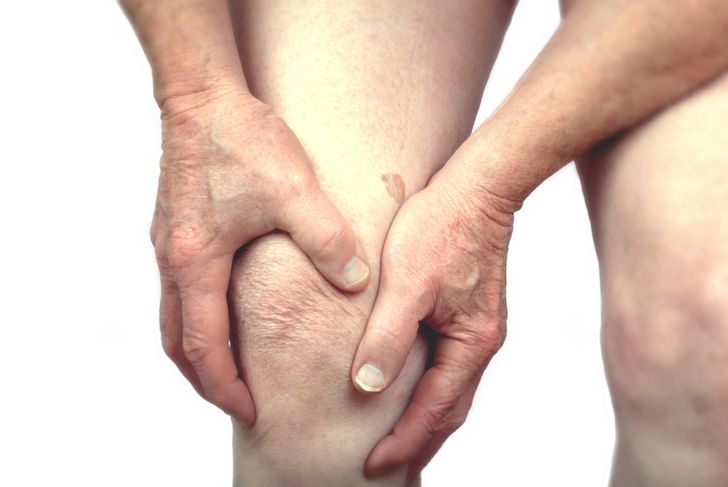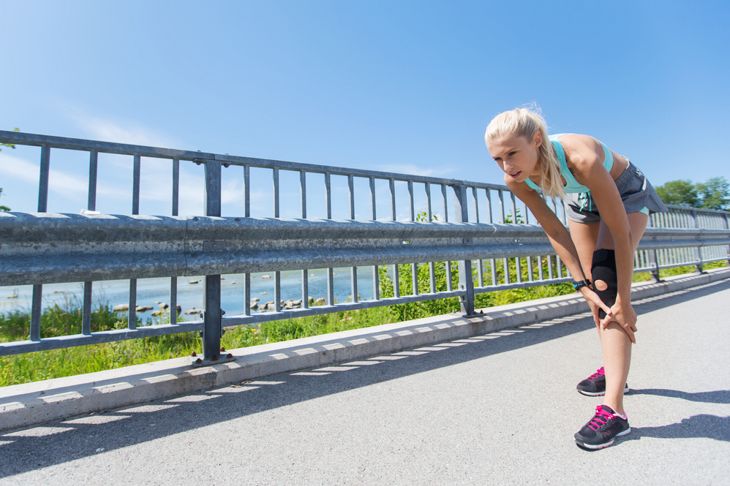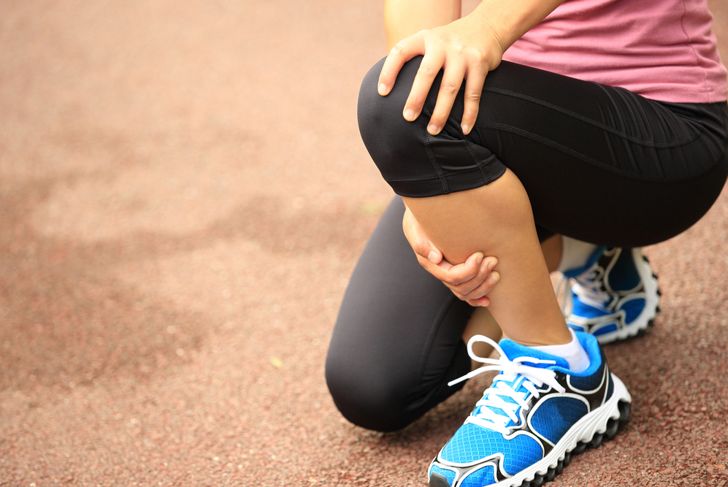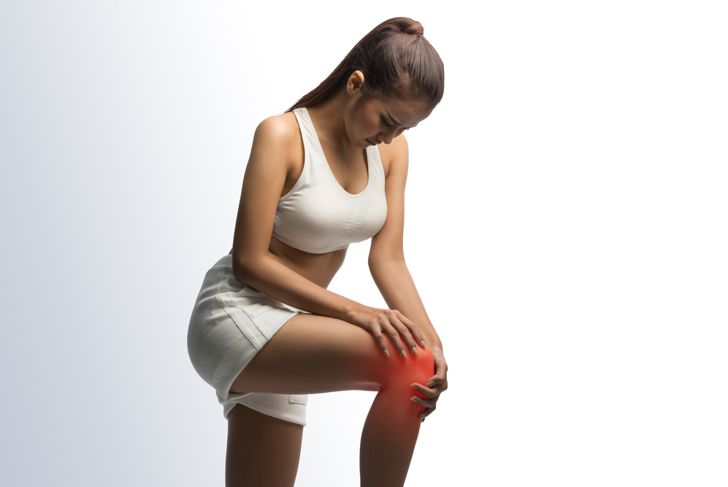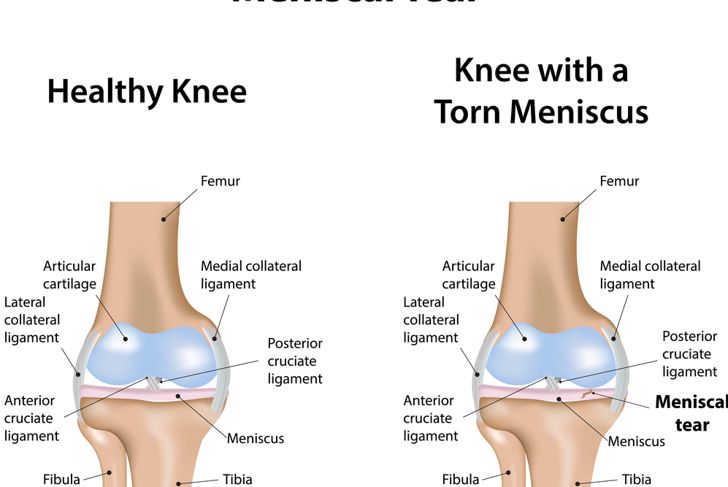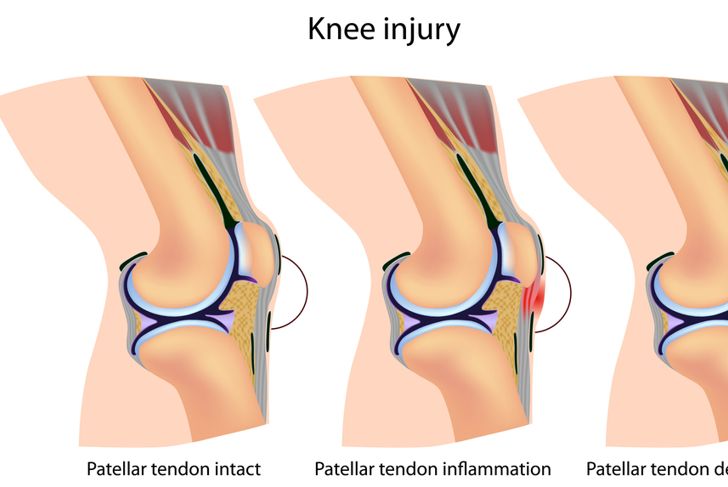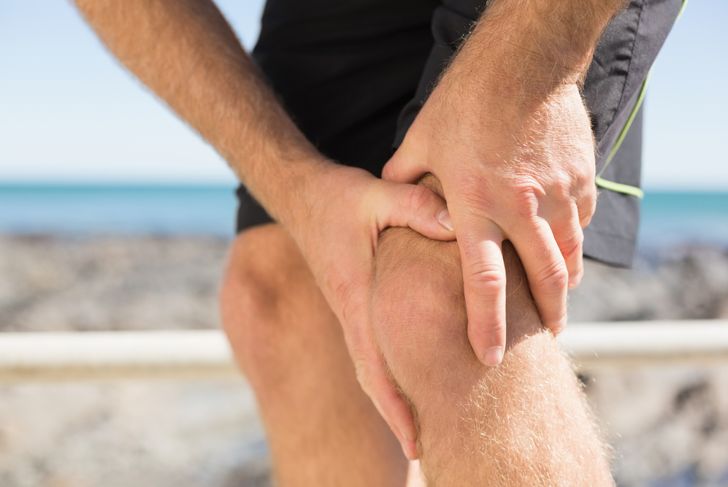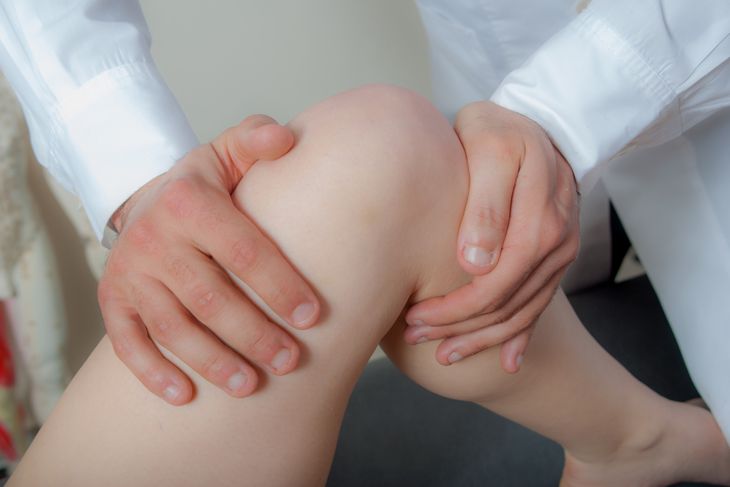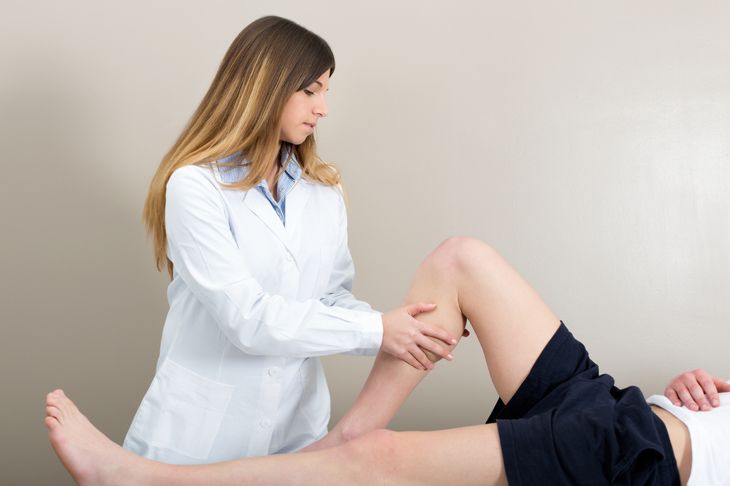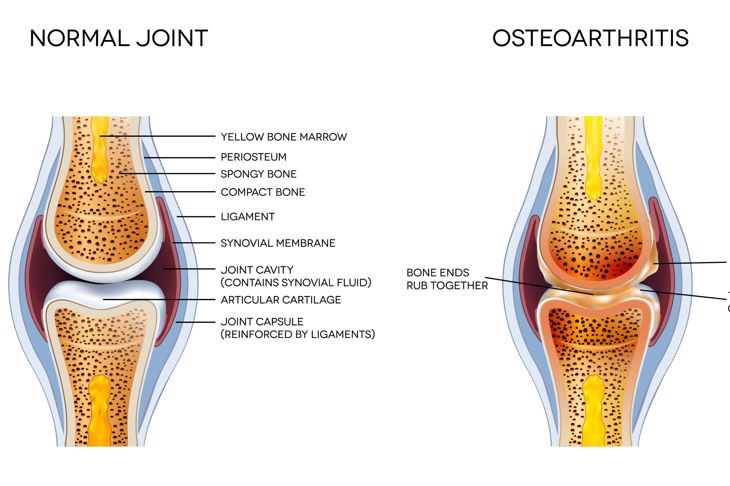Knee pain afflicts many, though the causes and nature of the discomfort vary greatly. The pain can be localized or diffuse throughout the knee, and can range from a continual throbbing to tenderness felt only with pressure and weight bearing. Usually, diagnosis of the underlying cause requires a physical examination and medical imaging.
Bursitis
Bursae are small sacs that cushion joints and reduce friction. Each knee has 11 bursae. Inflammation of one or more of these sacs is called bursitis. When the condition develops in the sacs over the kneecap or on the patella, an individual can experience knee pain. Bursitis can cause extreme pain and limit mobility. Anti-inflammatory medications can help treat bursitis, and medical attention is not always required, but symptoms such as fever could indicate a larger issue and require evaluation.
Iliotibial Band Syndrome
Iliotibial band syndrome (ITBS) is a common knee injury caused by overuse of the tissues of the outer thighs and knees. Runners, hikers, and weightlifters often get ITBS. With constant flexing and extending of the knee, the distal portion of the iliotibial tendon becomes inflamed due to constant rubbing against the lateral femoral condyle along the outside of the knee. Patients experiencing ITBS complain of extreme friction of the iliotibial band on the lateral side of the knee. Running can cause additional pain. A variety of treatments can alleviate ITBS, including acupuncture, stretching, and massage.
Anterior Cruciate Ligament Injury
The anterior cruciate ligament or ACL is among the four ligaments that unite the shin bone with the thigh bone. ACL injury can cause severe knee pain. Generally, partial or complete over-stretching of the ligament leads to the injury. Abruptly shifting direction while running, walking, or playing sports such as soccer and basketball can trigger an ACL injury. A “popping” sound can accompany the event, and the knee will usually swell over the next hours.
Poor Ankle Mobility
Poor ankle flexibility increases the risk of knee pain. When a person has limited ankle dorsiflexion, the knees can move inwards at an unnatural angle while in a sitting position. Activities that require the ankle to flex a lot often trigger knee pain in these instances. If ankle mobility is limited in any direction, it places added stress on the knees. Over time, this can lead to knee pain or injury.
Osteoarthritis
Osteoarthritis of the knee is another medical cause of extreme knee pain. This degenerative joint disorder generally affects people older than 60 years. Cartilage in the knee joint steadily shrinks in people with osteoarthritis. As a result, the internal structure of the knee appears jagged and frayed. Bones rub together, causing pain, bulging, lack of mobility in the joint and even bone spurs. Topical agents containing synthetic or natural ingredients and steroid injections can sometimes help the symptoms of osteoarthritis.
Meniscus Tear of the Knee
The diminutive meniscus is composed of dense and ductile cartilage. It lies in between the shin bone (tibia) and thigh bone (femur) and acts as a cushion. If torn, this rubbery, C-shaped disc causes varying degrees of knee pain. Exercises that require vigorously turning or twisting the knee while supporting full weight can tear the meniscus. Simply standing up quickly from a squat can result in a meniscus tear.
Patellar Tendinitis
Patellar tendinitis is common in kids and adults. The injury affects the tendon that connects the shin bone and kneecap. Rigorous exercises, particularly knee-bending, running, and jumping, cause inflammation or degeneration of the patellar tendon. As a result, the tendon becomes damaged and causes persistent pain. Tendon damage that remains unchecked or occurs continuously over time is tendinopathy.
Popliteal Cyst
A popliteal cyst or bakers cyst is a fluid-filled bulge at the back of the knee. It occurs when excess fluid is pushed into the tissue behind the knee, and generally develops due to knee arthritis or gout. Common symptoms associated with popliteal cysts include tightness behind the knee, slight pain in the upper calf, swelling, and stiffness behind the knee. The knee may also make a popping or clicking sound or lock up. Often the pocket of fluid tears open and drains down the leg, which causes the swelling to spread. Generally, popliteal cysts go away on their own, or a doctor can drain the fluid.
Osteochondritis Dissecans
Osteochondritis dissecans (OD) is a joint disorder that mostly affects children and adolescents. Cracks occur in the articular cartilage, causing pain and swelling. Symptoms can be visible right after an injury to the joint, or it may take a few months of mobility and activity to feel the impact. Though OD can affect any joint, it most often occurs in the knee. Nobody knows the exact cause of the disorder, but doctors believe it results from repetitive trauma. Rest and physical therapy can help treat OD.
Patellofemoral Pain Syndrome
Another common cause of knee pain is patellofemoral pain syndrome (PFPS). Also called runner’s knee, PFPS occurs due to an imbalance in the forces handling patellar tracking during extension and flexion. Wearing inappropriate footwear, a sudden increase in the volume or intensity of exercise, and muscle imbalances can compound the symptom. Treatment options include adequate rest and stretching and strengthening exercises.

 Home
Home Health
Health Diet & Nutrition
Diet & Nutrition Living Well
Living Well More
More